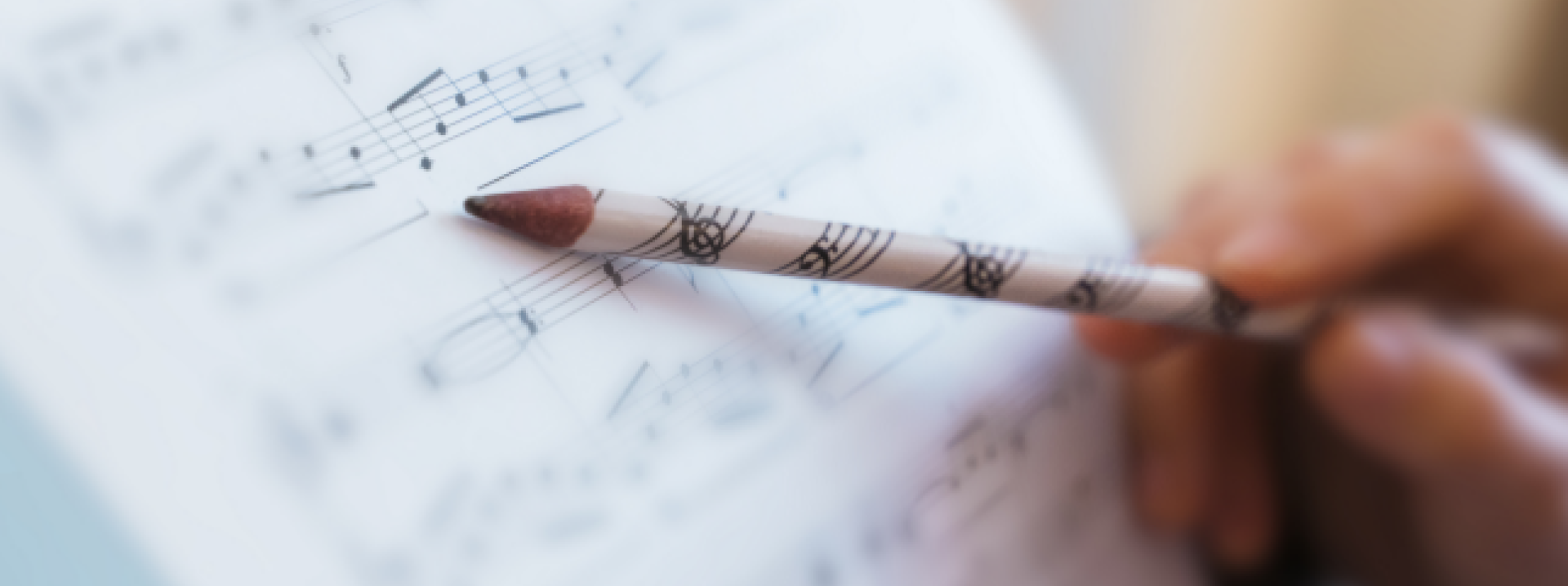Sheet music
Musical contribution - December 2013

Noël X (Claude Daquin, 1694-1772) – The month of December is upon us again and many of you will undoubtedly be accompanying various different church services. A beautiful time of year, which certainly also requires plenty of preparation. We would like to offer you a composition which perfectly links into a Christmas celebration this month. We sometimes also come across Daquin’s Noëls (12 have been preserved over the years) on concert programmes.
Daquin was a prodigy. He was allowed to play for Louis XIV at the tender age of 6. Plus he managed to bag his first title when he was just 12 years old. He always remained true to his beloved Paris from birth. He was Notre Dame’s organist for the last 17 years of his working life. He was best known for his cheerful and playful improvisations.
Noël No. 10 (“Quand le Sauveur Jésus Christ” or “Bon Joseph, écoutez moi….”) dates back to the Middle Ages. This song’s textual motifs (shepherds, flutes, drums) perfectly complement the character of the melody.
Looking at the dates, we are dealing with the so-called French Baroque period here. Terms like “Grand jeu” and “Plein jeu” therefore make regular occurrences. It’s certain advisable – if at all possible – to listen to such a composition on a real French baroque organ. In the Netherlands such instruments can be found in the Martinuskerk in Gronsveld or the Lambertuskerk in Helmond. In addition to the principals and flutes, we see many quint and tierce stops and aliquots here like: plein jeu, cymbal and cornet and powerful, shiny reeds.
We instantly hear the Grand-Orgue’s trumpet in the opening choral. Var.I is a dialogue between the récit’s Cornet and the positive’s reed. Var.II states: Grand-jeu. This is a so-called “reed plenum”, complemented with 8’ and 4’ and the cornet, but without the mixture. Var.III has I’s character, but doesn’t necessarily need to be played with the same stops. Var. IV’s Grand-jeu may be grander than Var. II. Perhaps with a Trumpet 16’. One striking aspect is the echo passages at the end. Don’t worry about using a different register if your organ doesn’t have several cornets. You will notice the repetitions have been omitted when listening to the recording. This was a conscious choice.
And finally a little something about the ornamentations. As we have grown accustomed to with paintings, architecture and clothing, music from the Baroque period is also rich in ornamentations. This Noël also includes a number of trills.
Whether the trill should start with a main note or upper second is a constant point of discussion. Rule of fist: The trill always starts with the upper second in music from the Baroque period (up to around 1750), unless the previous note is already the upper second (although plenty of contradictory articles regarding this subject can also be found). The trill usually starts with the main note in music after 1750, but this is sometimes also deviated from as a result of individual tastes and styles. The speed will be dependent on the character of the composition and the acoustics in the room. An ornamentation is usually found on a consonant. The trill will then start on the upper second (dissonant) in order to acquire more excitement in the music. End of quote.
I think I will leave it there, if you don’t mind. One of my teachers used to always say: “It’s a good idea for you to think about and study things, but do remember this: ornamentations are like garlands at a birthday. It’s about the person celebrating the birthday and not the garlands.” “Sound the bell drum: Christ is born.”
On behalf of the management team and all of Johannus Orgelbouw’s employees, I would like to wish you a very Blessed Christmas and a musical New Year.
André van Vliet